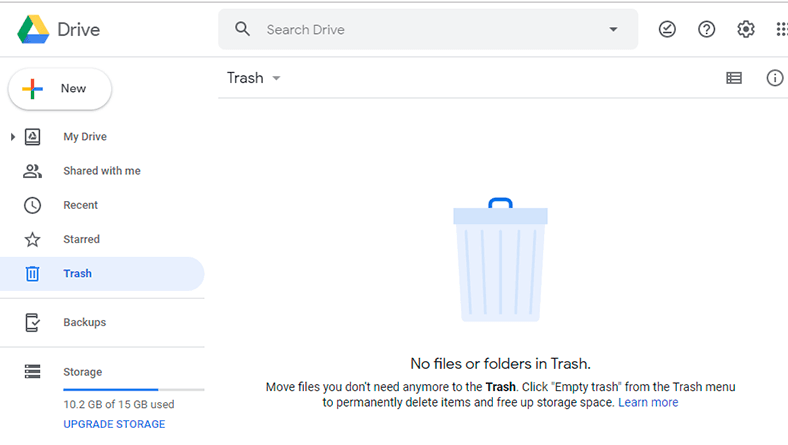


Each backup stands on its own, so there’s nothing to worry about. If you take full backups each time, then while your disk will fill up much (much!) quicker, your options are simple: just pick which you no longer need and delete them. An incremental backup includes only those things that changed since the immediately preceding backup (full or incremental).A full backup is a backup of absolutely everything on your disk at the time the backup is taken.I’ve previously discussed the differences between full and incremental backups. You may want to keep some older backups from which to recover files further back in time.īackup tools can automate much, if not all, of this process.You can delete older backups if all you care about is recent crash recovery.You can delete incremental backups only in sets that accompany the full backup on which they’re built.You can delete full backups you know you’ll no longer need.When he's not writing, you'll probably find him hitting the gym, trying to ace a new hobby, reading his textbooks, or traveling.Barring other action, backup drives eventually fill up. In addition to his role at AP, Arol is also a staff writer for sister site MakeUseOf, where he writes mostly about computing. You'll normally find him covering news, although he has also written the occasional deal, buyer's guide, how-to post, and round-up. While he's a technology lover at heart, he holds Android phones, and smartphones in general, close to heart. Arol brings half a decade of writing experience, and the occasional hot take, to his writings. He transitioned to a news and feature writer role at XDA Developers that same year, where he worked until 2021 before making the jump to AP. Years later, in 2017, he got his true start in tech journalism working for a small Google-focused site called Pixel Spot. He first began writing online for the short-lived portal of Spanish-language gaming forum Emudesc in 2013. Arol is a tech journalist and contributor at Android Police.


 0 kommentar(er)
0 kommentar(er)
